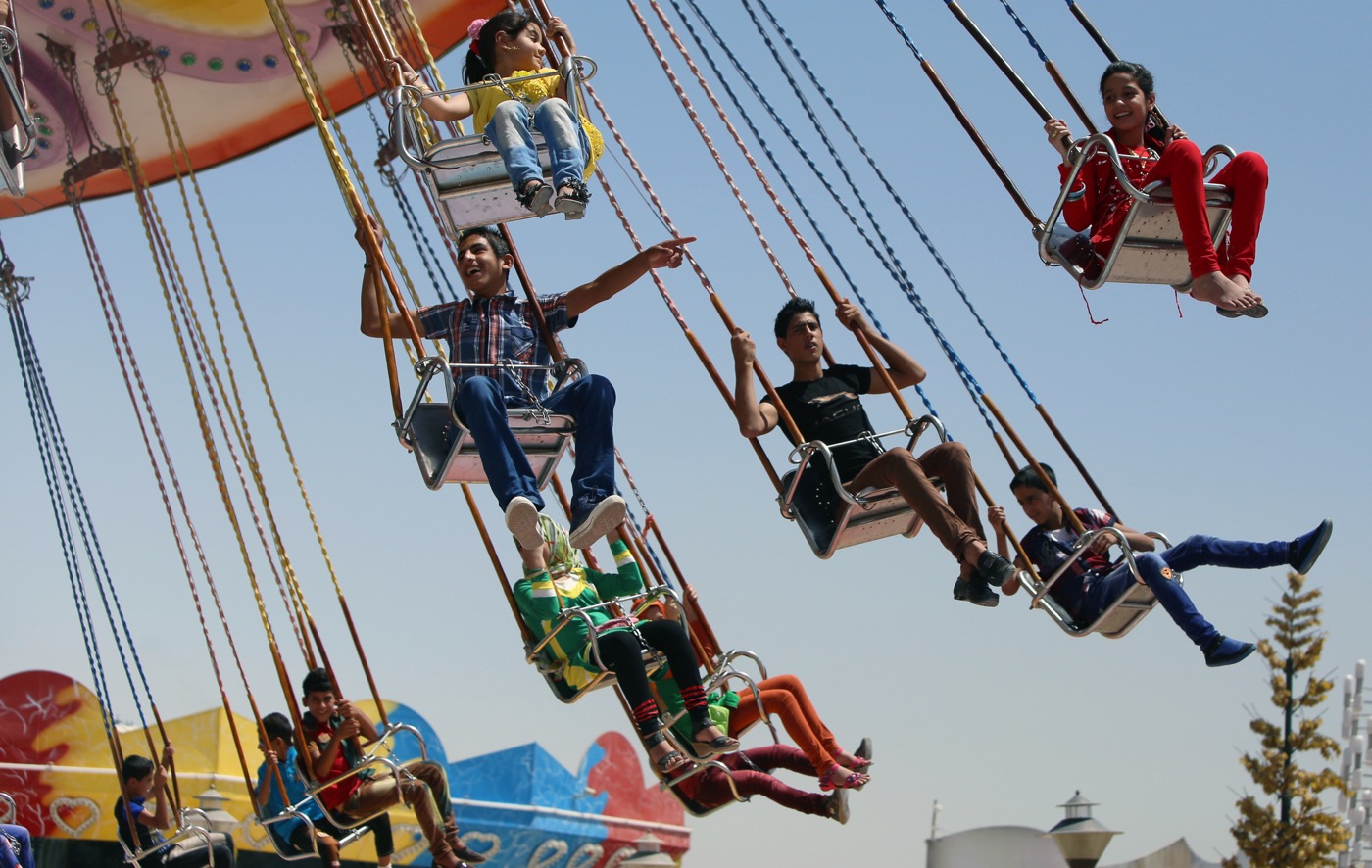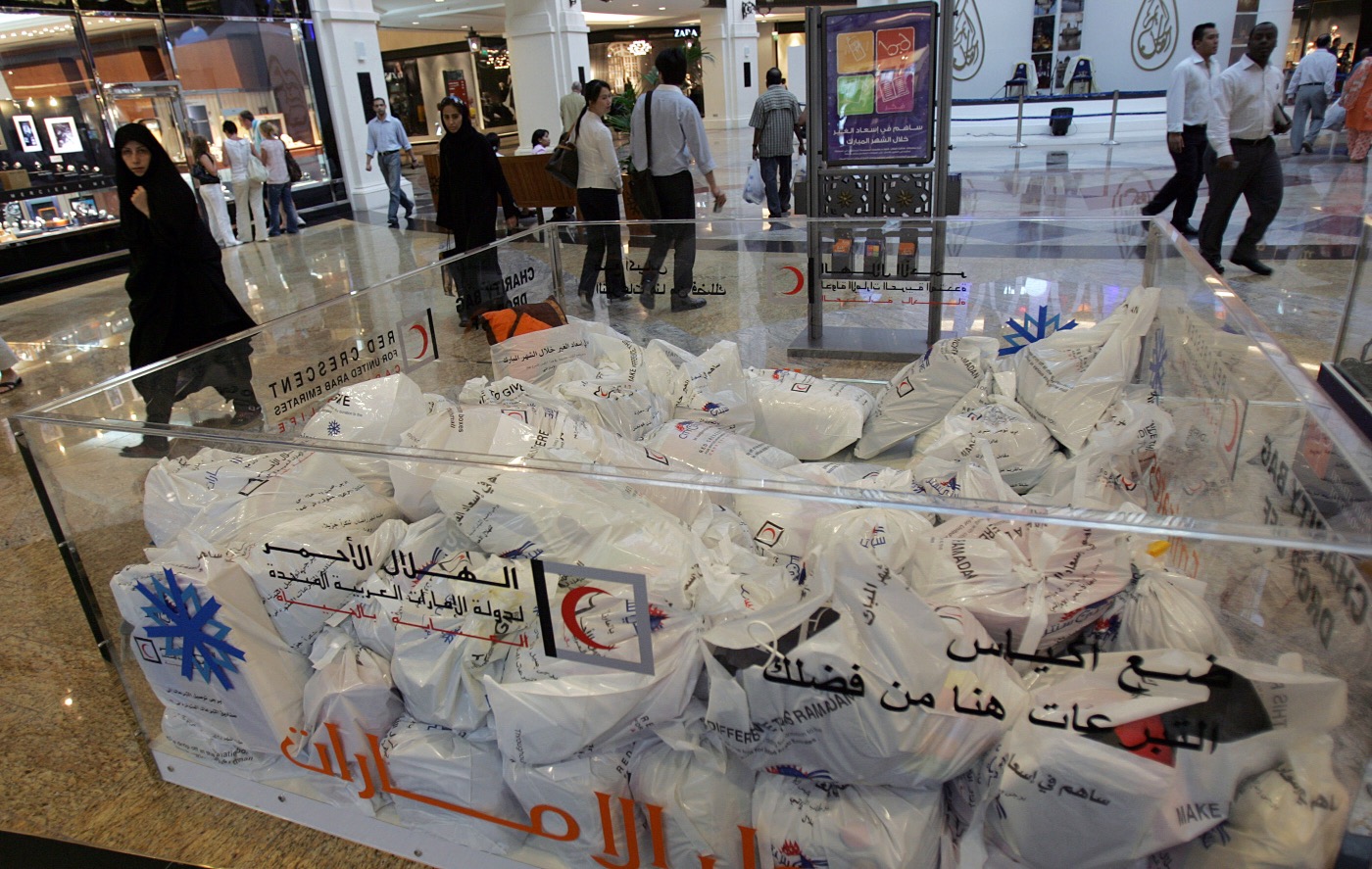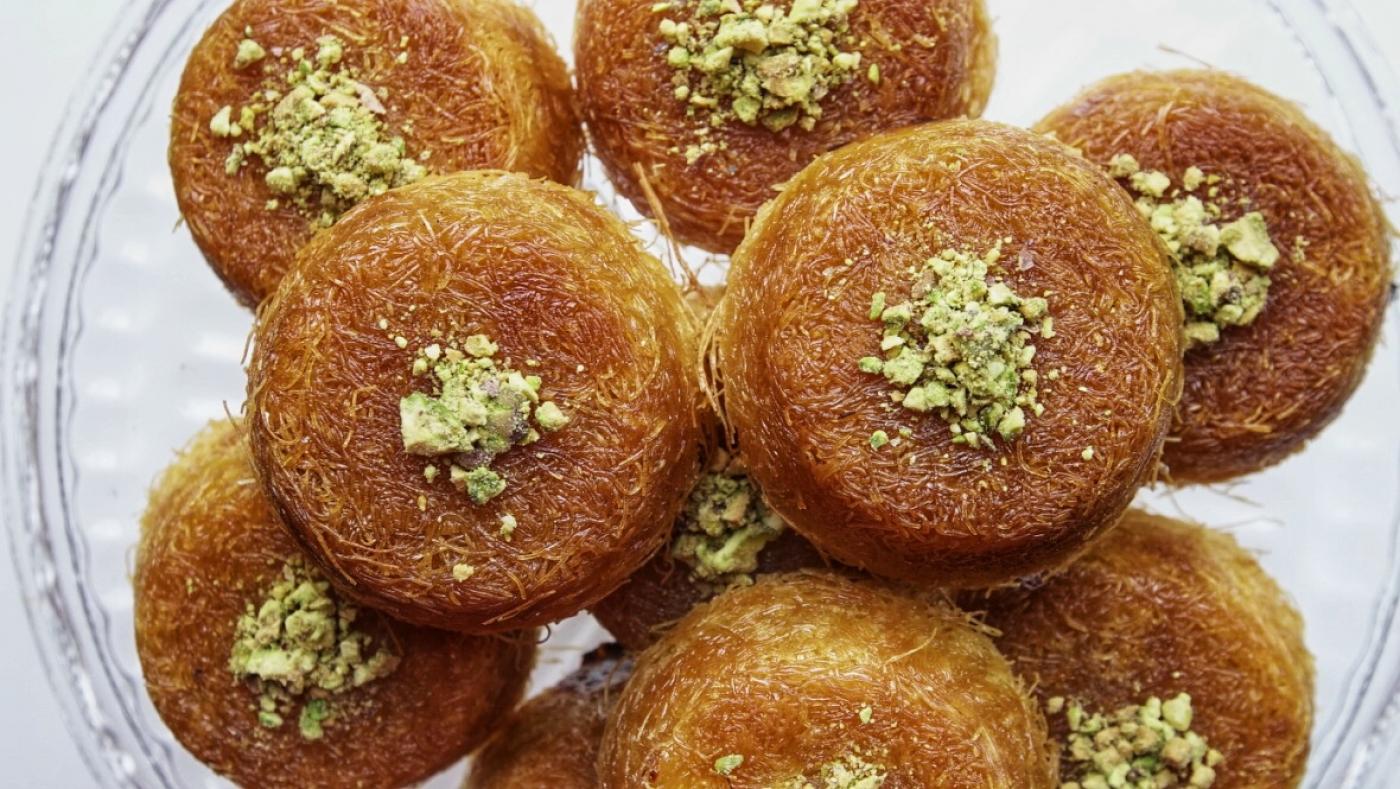Eid al-fitr: The Muslim celebration explained

Eid al-Fitr (or Eid as it is better known) is celebrated by Muslims around the world to mark the end of Ramadan, the Islamic holy month of fasting. The occasion is one of two that Muslims celebrate, with Eid al-Adha (festival of the sacrifice) later in the year.
It a joyous and highly anticipated holiday that follows four weeks of fasting between dawn and sunset (Eid al-Fitr means “the festival of breaking the fast” in Arabic).
When is Eid 2019? When does Eid begin?
This year Eid will be celebrated on the 4th of June in most countries including the UK however, some will see the end of Ramadan on the 5th, depending on the sighting of the new moon. The date of Eid changes every year, according to the lunar based Islamic calendar.
Stay informed with MEE's newsletters
Sign up to get the latest alerts, insights and analysis, starting with Turkey Unpacked
Eid also signals the first day of Shawwal, a new month in the Islamic calendar.
In the same way that officials and specialists from Muslim majority countries will sight the new moon at the start of Ramadan, they will also calculate when the new moon has appeared at the end of the month to mark the beginning of Eid. This will then be announced through an official statement or broadcast, to notify the millions worldwide of the start of the occasion.
Some countries may celebrate Eid on different days due to the sighting of the moon in their country.
Is Eid a public holiday?
Eid is a three-day public holiday in many Middle Eastern countries such as Egypt, Saudi Arabia and the UAE, as well as places beyond the Middle East, like Indonesia, Pakistan, Malaysia, Afghanistan and Malawi, among others.
Most shops, businesses and organisations may be closed or have altered opening times during the celebration. Theme parks and other attractions are busy.
Despite efforts, Eid is not a public holiday in the UK and the US. However, in some areas where there is high population of Muslims, some business may choose to close or open later in the day.
How do Muslims celebrate Eid?
Eid comes after Ramadan, the holy month of fasting and is meant to be a time of festivities and fine eating.
Early morning congregational Eid prayers are held in mosques, community centres and outdoor spaces. It’s one of the busiest times of the year for Muslims: in many parts of the Middle East, mosques quickly fill up. It’s not unusual for streets and parks to be lined with prayer mats and speakers placed outside to cater for the overflow of people.
Wherever they are, Muslims will listen to the “khutba” (sermon) and greet others with “Eid Mubarak” which means “have a blessed Eid” in Arabic.
Another common greeting is ‘Rabena yetaqabal’ (‘may God accept’) in reference to fasting and extra worship during Ramadan or “Eid sa’eed” meaning “happy Eid”.
What are some Eid traditions?
Every country and every family celebrates Eid differently, but there are some key festivities that are common between many.
Eid is meant to be a time of celebration and spending quality time with family and friends. Typically, Muslims will wear new clothes, either traditional dress or the best that they own. Homes are decorated elaborately and intricately to welcome the occasion. People visit others and spend time with family and friends throughout the day, often exchanging gifts.
One key tradition is for adults to give younger members of the family an “eddeya” or sum of money, either as a present or to spend on their Eid festivities. Some friends and families attend events, festivals and theme parks during the three-day celebration.
It is also traditional to visit the sick, give to charity and pay respects to those who died.
How much money do Muslims give to charity?
One of the key elements of Eid is Zakat al fitr which translates as the “charity of breaking the fast", which must be paid before the end of Ramadan or Eid prayers.
It is a one-off payment, usually in the form of food or its monetary equivalent to the value of about £7 ($9) which allows the less fortunate to celebrate Eid.
The donation is intended to absolve the donor from any shortcomings they committed during the holy month and act as a form of thanks to God for allowing observance of the fast.
All Muslims must pay this amount, regardless of age or gender, so long as they possess enough to feed themselves. The head of the family will pay on behalf of any children or dependants.
What food is eaten at Eid?
No Eid would be complete without delicious food and desserts - not surprising given that it is centred around breaking the fast. Families gather and make lavish spreads of their favourite and most decadent foods.
One quintessential treat is “kahk”, a sugar cookie with a shortbread-like texture that can have different fillings, such as date paste, mixed nuts, agameya (ghee, honey, sesame seeds) and Turkish delight, dusted with icing sugar. It can also be left plain with no filling.
Baking kahk is a key social activity in the Middle East, as families gather the night before Eid to cook and decorate while bakeries are inundated with orders. In Egypt, kahk is so beloved that people have renamed the festival “Eid al- kahk” meaning “celebration of kahk”.
Another favourite is qatayef, a fluffy golden brown pancake stuffed with sweet cream and nuts and doused in syrup.
Finally there is kunafa, the hallmark dessert of the Middle East, which is eaten copiously. The more adventurous experiment with this sweet and syrupy dessert, adding different toppings from fruit and nuts to chocolate and cream.
Why are there two Eids? What’s the difference?
Eid al-Fitr, as explained above, comes at the end of Ramadan and celebrates the breaking of the fast.
Eid al-Adha, which means ‘festival of the sacrifice’ is approximately two months after Eid al-Fitr and culturally is considered a bigger event. It coincides with the Islamic pilgrimage to Mecca in Saudi Arabia, known as Hajj, which every Muslim is expected to undergo at least once during their lifetime if they are physically and financially able.
Middle East Eye delivers independent and unrivalled coverage and analysis of the Middle East, North Africa and beyond. To learn more about republishing this content and the associated fees, please fill out this form. More about MEE can be found here.










